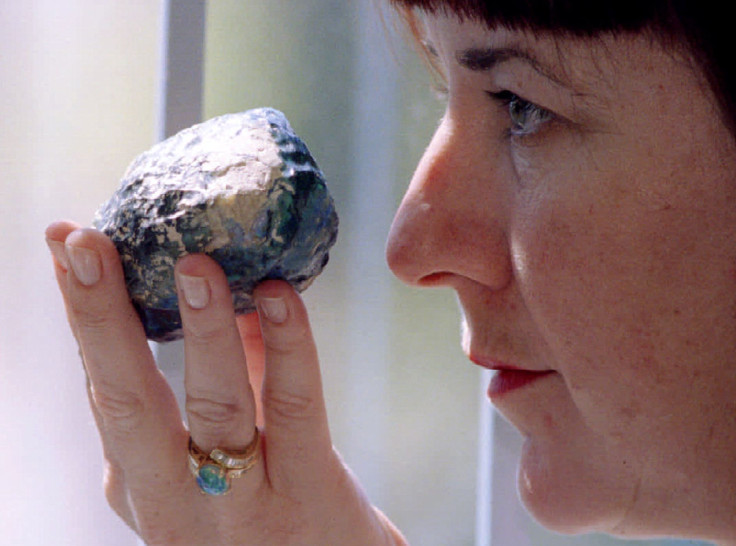Aussie Opal Miner Accidentally Discovers A New Dinosaur

A conquest for opal at Lightning Ridge leads to the discovery of a new dinosaur, an Australian-roaming sauropod. The fossilised remains of the dinosaur were captured in the frozen lustre of Lightning Ridge opals by the miner Bob Foster 25 years ago whose importance was established just recently.
Lightning Ridge is a town in north-western New South Wales, Australia and is a world-renowned and largest centre of the mining of black opals and other opal gemstones. It is also an important paleontological site with fossils of ancient mammals discovered dating back to the Cretaceous period, 110 million years ago. Also the site is an important source of remains of small creatures living in a world dominated by dinosaurs’. These fossils are sometimes discovered in opalised form by the miners’. The most important discoveries at the Lightning Ridge include that of ancestral monotremes Kollikodon ritchiei and Steropodon galmani.
After the discovery, Foster took the paleontological treasures, the opalised fragments to the Australian Museum in Sydney, where he showed them to a specialist in dinosaur bones. He later reclaimed the pieces and sent them to the Australian Opal Centre. The president of Australian Opal Centre, Rebel Black, placed the fossils as the centrepiece of her display.
Ms Black, a champion of Australia's national gem, believed that not only the fossils were spectacular to look at, they had a high scientific value too. The importance of this discovery was brought to light by Dr Phil, a scientist visiting from Armidale’s University of New England, when he saw these fragments on display at the Centre.
In his opinion it was “Spine-tingling stuff.” He further added, “Australia is not well known for its dinosaurs. What we have is mostly scrappy remains that are hard fought and won, so to have such a beautiful skeleton like this laid out in front of me, in a museum, was spectacular.”
According to, this dinosaur might be “a new species that roamed the warm, leafy shores of the inland sea about 110 million years ago”. If this is confirmed then it will be the first in Australia since three new species were identified in Queensland six years ago. wishes that when it is named, Bob Foster, the man who discovered it, should be considered as a very likely candidate.
To contact the writer, email:ruchira.dhoke@gmail.com





















